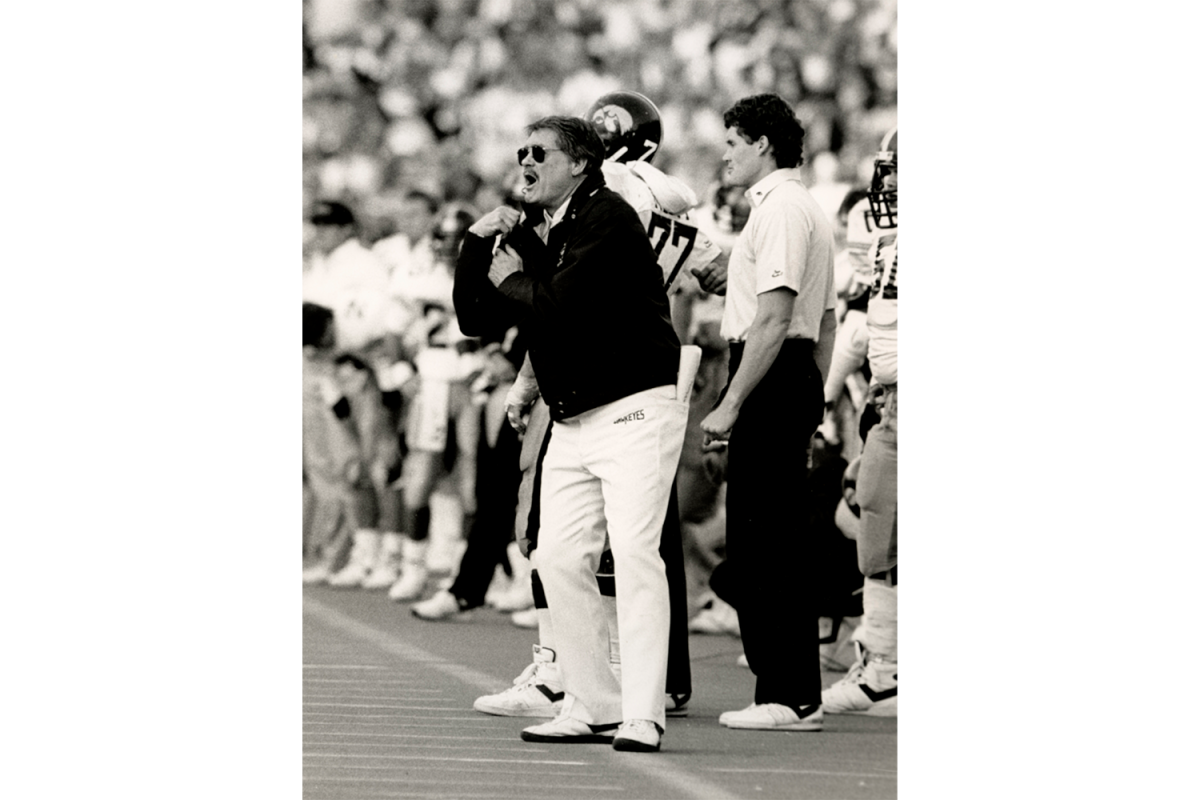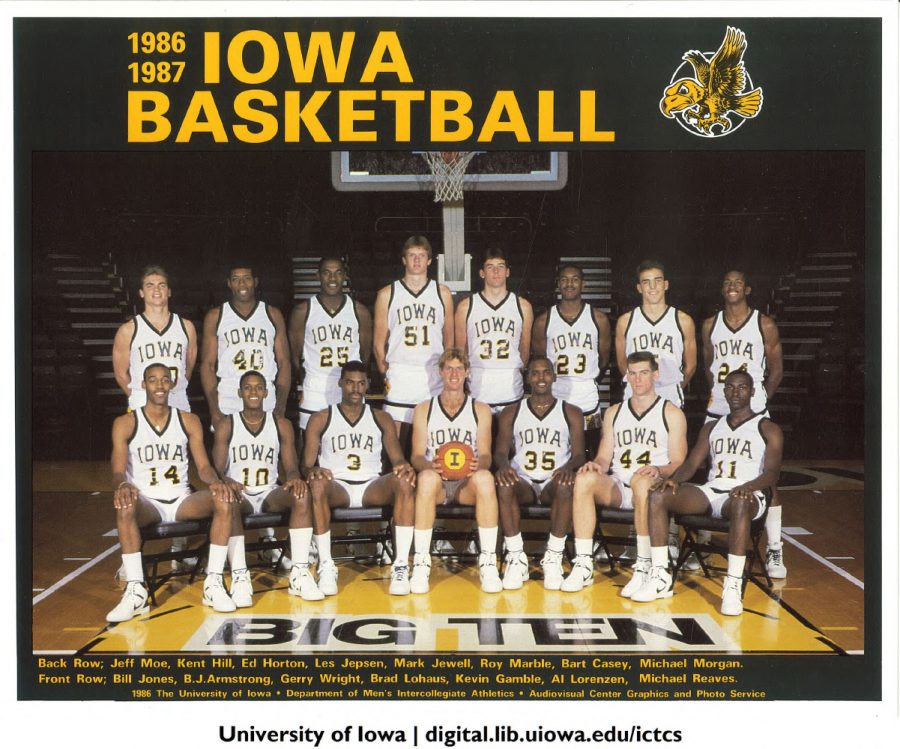Activist government can help mold a downtown
Typically, the public good is left up to the market to decide: How many groceries stores should there be in town? What varieties of vegetables should they sell? How much sausage should their meat counters cut in a given week? Americans have a propensity toward favoring less government, not more, and rudimentary commerce questions are often left up to the market.
And rightly so.
When governments intervene in portions of the economy better left to the market, the result can be food shortages and rationing. But informed citizens should also recognize the free market’s ability to distort the genuine public good. In such instances, democratic governments — in this case, at the city level — are right to step in to counterbalance the market’s inadequacies.
The public good is more than a simple aggregation of consumer habits or the profitability of a downtown bar. When basic safety needs aren’t met or a business has a deleterious impact on a community, a city government is right to intervene. We can debate the merits of specific policies within that authority, but the authority should be there regardless.
A free-market capitalist system is typically adept at handling basic supply-and-demand issues. But citizens too often equate political with economic freedom. The loss of the former should be avoided at all costs; superfluous amounts of the economic variety can undermine the public good and democratic governance itself. While political freedom values both equality and citizen autonomy, economic freedom places a premium on one’s affluence and businesses’ profitability.
I won’t claim a city government can effectively manage grocery stores. But with planning and zoning, ordinances, and other tools, city governments can play an important role in shaping a downtown — for the good of the community, rather than the market.
— by Shawn Gude
Hands-off means success
We elect city government officials to do what is in our best interest. But over the course of the last year or so, those decisions have been called into question by a large portion of our community. As it pertains to downtown issues, the local government should take a back seat to the will of consumers in constructing a downtown that will meet our needs.
Downtown is a major part of this community, and the City Council should always have a say over what happens. But prior to that, business leaders and community organizers need to better shape our downtown by giving councilors an example of what we’re looking for. The public, in consultation with Iowa City Chamber of Commerce, should lead the discussion on how we want our downtown area to look.
The problems we have downtown are much larger than one particular government body to attend to. If we want to change the perception of our downtown, then the consumers have to lead the charge in bringing the resources we need. Local government can never be the ultimate answer in our problems.
If we want a particular business to augment our downtown commercial properties, then we have to lobby for it. If chain restaurants and particular shopping stores are in our sights, then we as a community need to make an effort to show them we are a viable place to come.
The City Council is not to blame for all our problems and most likely never will be. There can be a “vision” for what this community can grow to become, but consumers have to be at the front of that battle. A government, large or small, works for us. Not the other way around. As cliché as that is, it leads us to a town that is constructed by the people, not by its highest leadership alone.
— by Michael Davis






